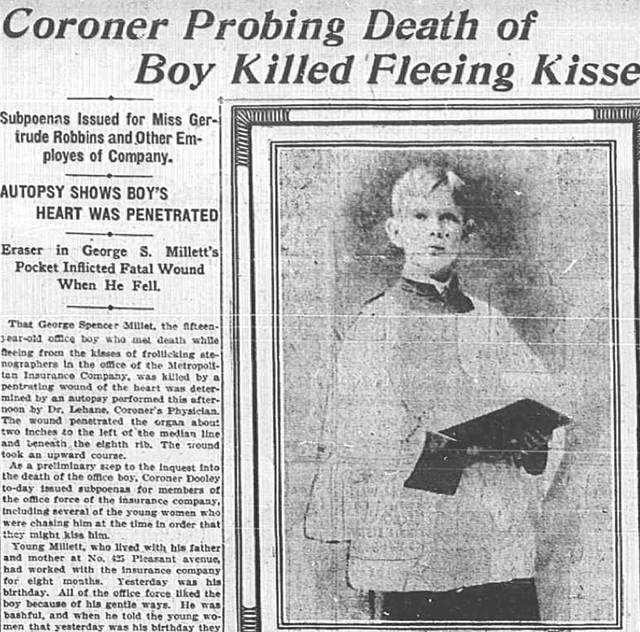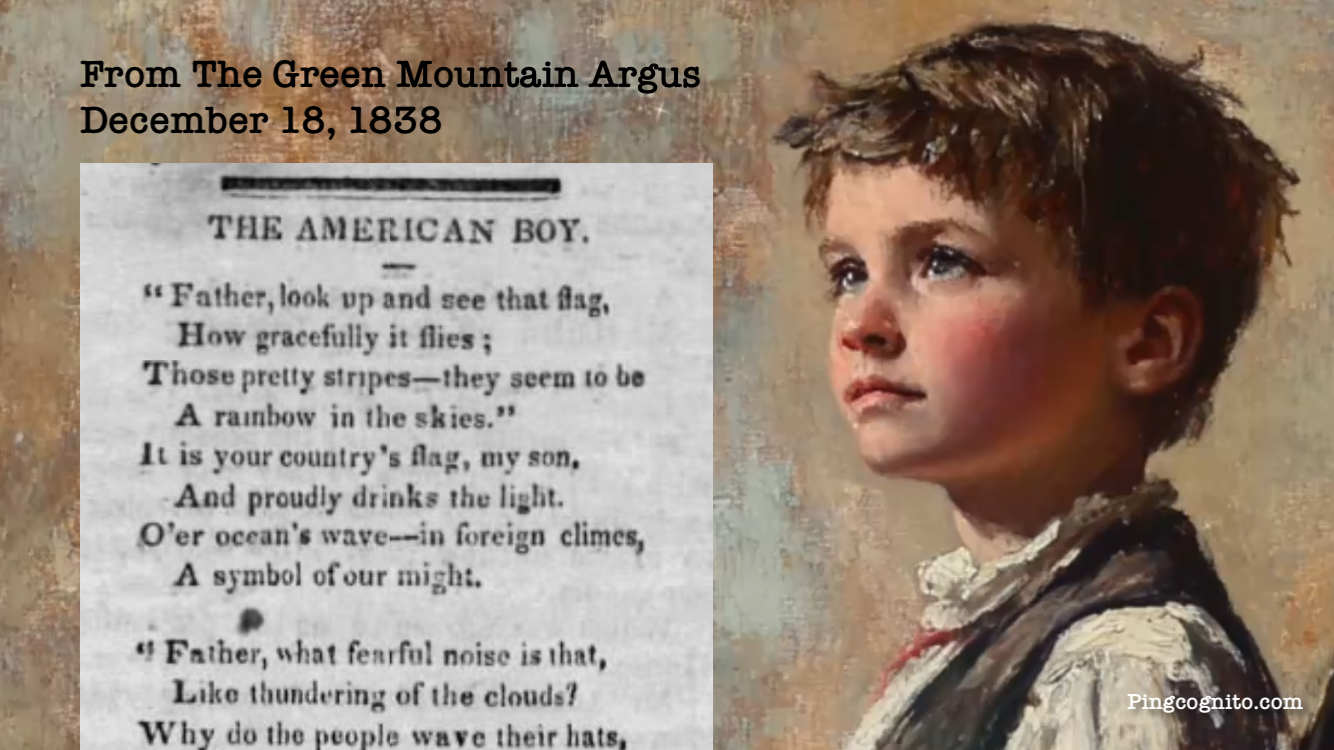These play set descriptions were created by ChatGPT and given to Sora OpenAI model 4o. Pope John XXIII Action Playset “The Good Pope”—Now in 1:12 Scale! Blister-packed on an elegant Vatican-red card, this collectible figure of Pope John XXIII (a.k.a. Papa Roncalli, the surprise favorite of 1958) brings joy, gravitas,…
Author: pingcognito

The Birthday Chase That Ended in Tragedy – A warm Human-Interest Story About a Boy Who Never Existed
New York City, 1909—On what should have been a joyous occasion, a group of giggling young women at the Metropolitan Life Building in Manhattan set out to surprise a coworker with playful birthday kisses. What followed was a heartbreaking accident that left an entire office in shock. George Millett, a…

Folie à Deux: The Tragic Couple
In the dawning days of 1889, as ’s electric tabulating machine laid the foundation for the information age (January 8), a curious medicinal tonic in Atlanta found its first corporate identity, Coca-Cola, setting the stage for a global refreshment empire (January 15), while the birth of Columbia Phonograph in Washington,…

The American Boy – An Undiscovered Patriotic Gem From 1838
The poem “The American Boy,” which I discovered in an 1838 newspaper, is an evocative piece reflecting the patriotic fervor of its time. The poem features a dialogue between a father and his son, with the son admiring the national flag and expressing a desire to participate in the celebrations…

Planetary Security: Detect The Work and Discover a New Layer of Reality
By convincing humanity that we are alone in the galaxy, the planetary security organization operates unnoticed. However, this organization—comprising the Wizards (Plus Ultra) and the Warlocks (HALLECK)—exists to serve and protect humanity. Their mission is to safeguard this highly controlled biosphere, ensuring it remains a realm for humans alone, free…